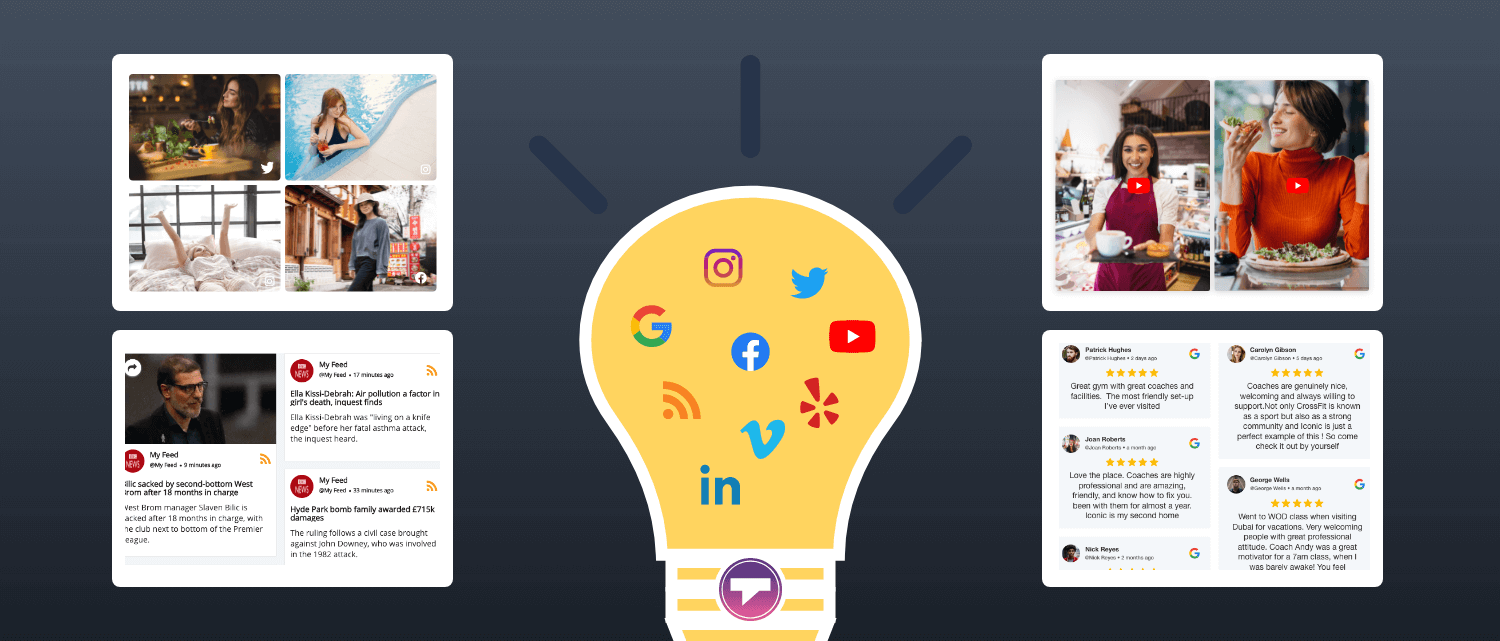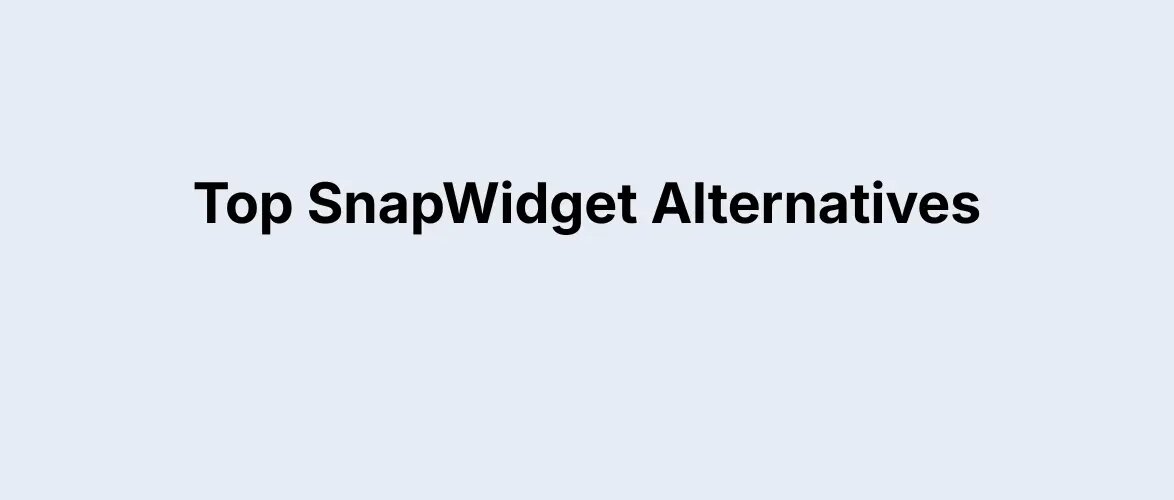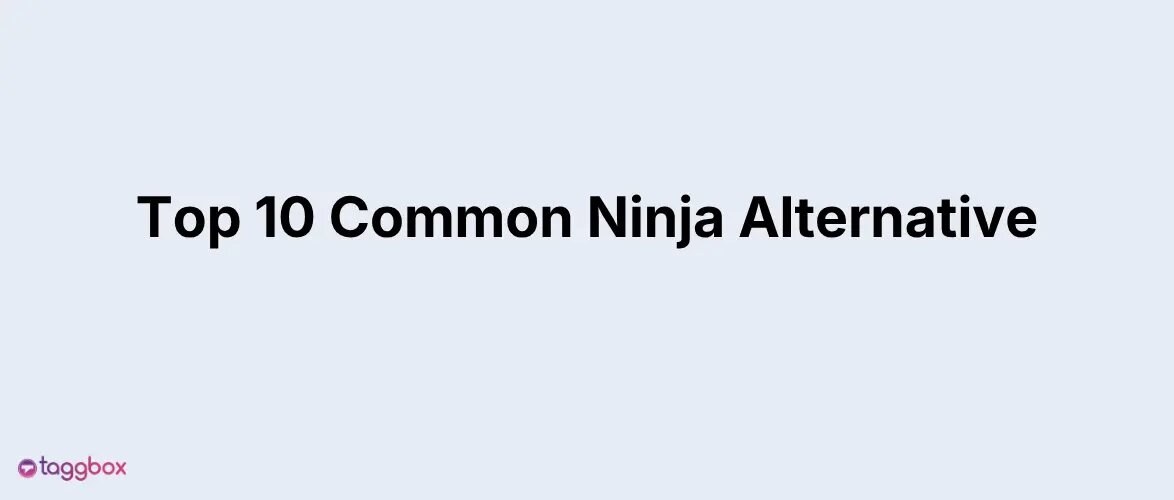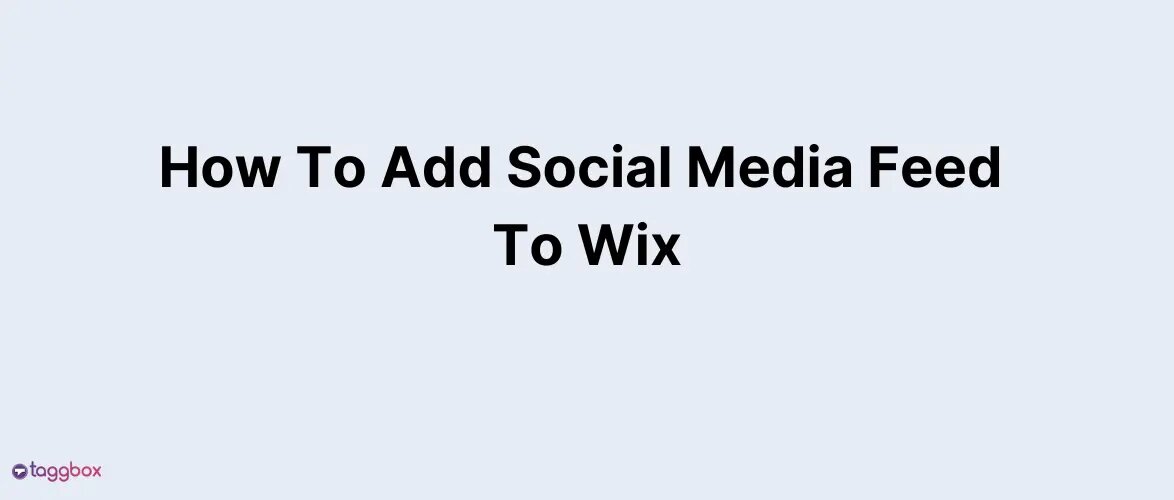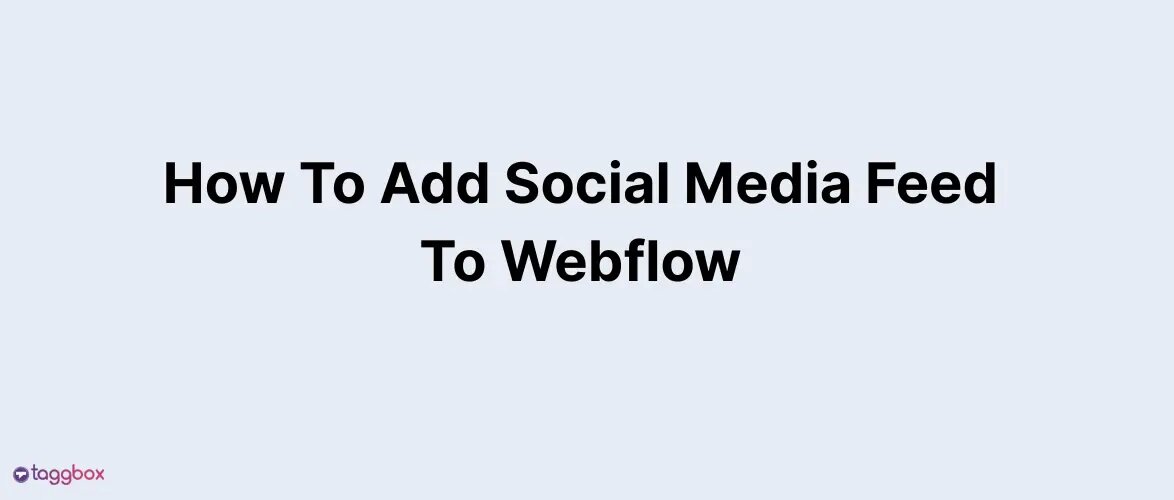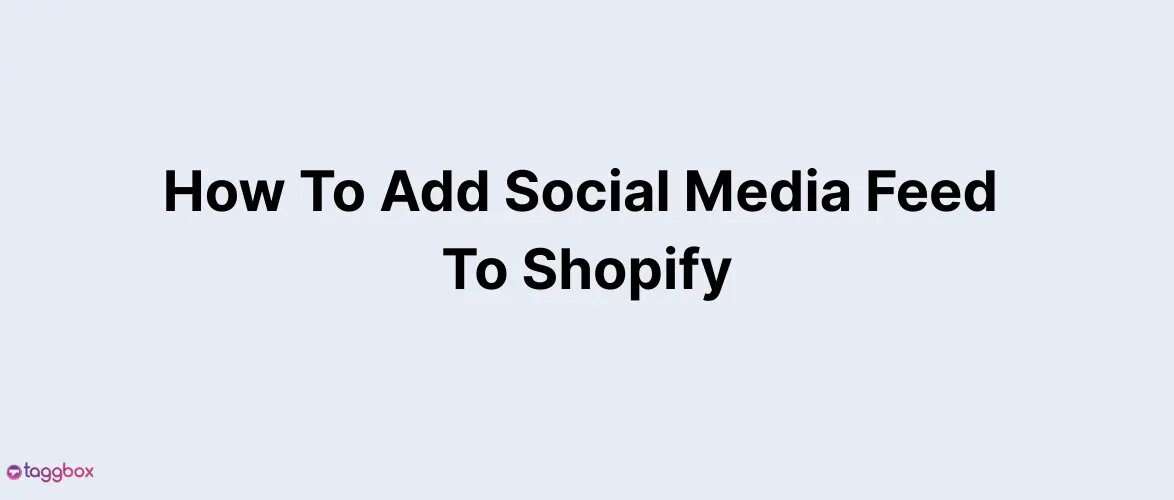Read summarized version with
“49% of B2B marketers have revealed that content creation has stagnated content marketing efforts!”
To say that content curation has transformed the content marketing world would be an understatement. Content curation fills in the gaps in your content’s quality, quantity, and relevancy.
Additionally, it will let you directly engage with your audience and strengthen your relationship with them.
However, the sea of content on the Internet acts as a roadblock. Content aggregators help you overcome this hurdle as they help internet users find the information they are looking for and use it for their purposes.

But how do you find a content aggregator, and how to make a website using it? This is an important question.
So let’s learn more about content aggregators, their types, and how you use one to collect data for your website.
Definition: What Is An Aggregator?
An aggregator is a tool that collects and curates content appropriately from different sources. As a huge amount of data is published on the Internet every second, it becomes scattered and difficult to search for relevant information.
To simplify the process, the content aggregator collects all the relevant information from sources and presents it to the user on a single screen.
It collects and filters out the information you are looking for from various sources and presents valuable data crucial for the searcher.
Data is available in different forms and types; thus, collecting and searching for relevant information from the Internet would be an overwhelming experience if Content Aggregators are not there.
Types Of Content Aggregator
As there is a different form of content available on the Internet, so are the content aggregator tools.
Content is available on the Internet in various forms, such as social media posts, reviews, news, audio, video, etc., that you can collect.
Below are the different kinds of content aggregators and Data integration tools that you can use to gather data from different sources and use to build your own website.
1. Social Content Aggregator
As the name suggests, the social content aggregator is the aggregator tool that collects relevant content from different social media platforms. Half of the global population uses social media; there is infinite content that no one can ever access if they don’t use filters or tools that filter it out.
Even social media applications or websites do not show you all the content available on their platform; otherwise, you will get overloaded with information.

You only see those content in your feeds, you are interested in, and based on your history actions.
Businesses and brands use social media feed aggregators to collect relatable information for their business using social media aggregator tools.
It helps them compile relatable data in one place and use it on their website or any digital platform to engage their customers.
2. News Content Aggregator
Another type of aggregator is news aggregator; it collects news from various platforms and displays them on websites.
With a plethora of news published on the Internet worldwide on different platforms, it can be difficult to find important news.
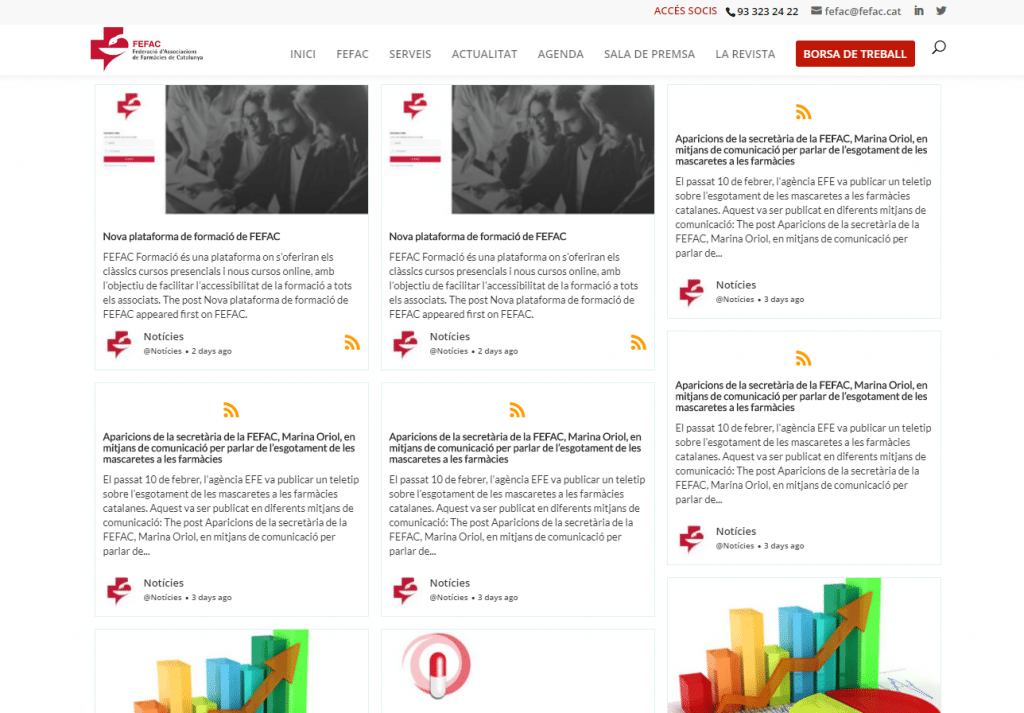
News Aggregator tools like Google News, Feedly, Flipboard, and Alltop collect the latest news and represent them according to the category as well as location-specific according to the users.
3. Video Content Aggregator
You may get some idea from the name itself; video aggregators collect relatable videos from one place that you like to watch.
There are so many videos available on the Internet that it will take your life, and even then, you cannot watch all the videos.

Video content aggregators collect video data from different platforms and represent them on the website you are looking for.
4. Reviews Aggregator
A review aggregator is another type of content aggregator tool that collects all the reviews and recommendations of particular businesses on their website.
You can use it to check all the reviews available on the Internet for a particular business on the Internet.
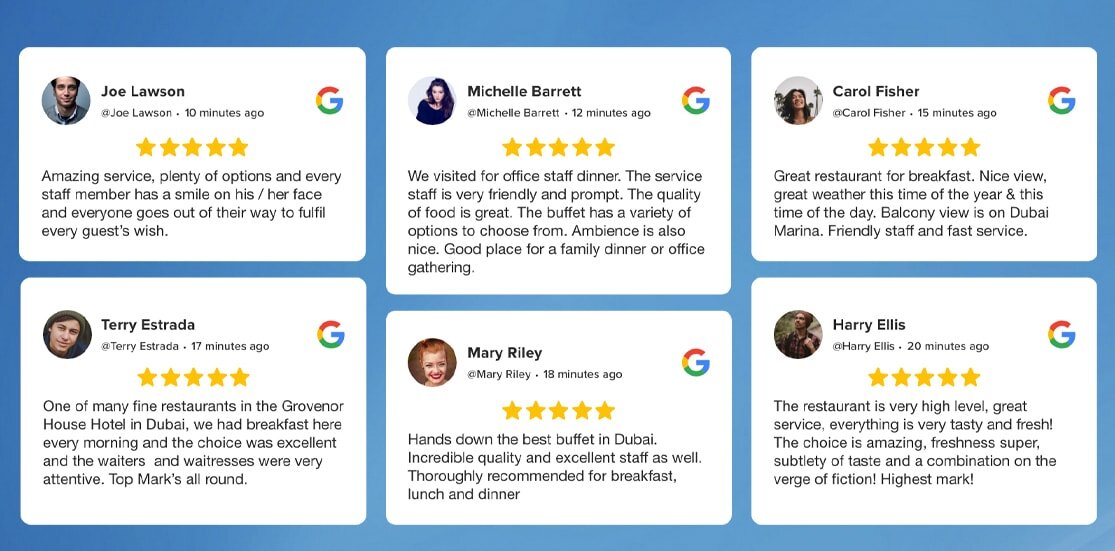
Businesses have their profile on several platforms, and customers provide their positive reviews on any of the platforms they wish. So for companies and businesses, it becomes hard to track where their customers are talking about them.
With the use of a review aggregator, you can collect all the reviews related to your business from any network and embed reviews on your website.
This will not only help you but also customers can read about what the existing customers are saying about your business.
5. Internal Communication Aggregator
Another aggregator on the list is the internal communication aggregator. Internal communication holds prime importance to an organization where employees ply their trade. Positive internal communication enhances employees’ productivity, reduces the response time to issues, makes employees feel valued, boosts employee contribution, etc.
So, how you can utilize an internal communication aggregator to your benefit? You can start with using internal communication aggregators to display brand-generated content on any social screen or website.
If you are using Slack, Yammer, or Workplace for internal communication in your organization, then Taggbox as the internal communication aggregator is the perfect match. Votings, internal events, important announcements, organizational surveys, and future corporate plans all can be shared with the employees or customers through internal communication aggregators.
6. Audio Content Aggregator
Audio aggregators collect audio from sources available on the web and give it to you in one place. If you want to collect and curate any particular type of audio files from the Internet among millions of audio media, an audio aggregator is for you.
For example, you can collect music files of a particular band, genre, singer, writer, category, or filter.
Some people use audio content aggregators to collect audio that the audience is looking for, such as tips to fix microphone problems, and display it on their website for the audience’s convenience.
How To Create An Aggregator Website?
#1. Research On Your Competitors
Before you create something, research is important. Similarly, as you build your aggregator website, do thorough research. See what your competitors are up to and make sure you offer the best to your spectators.
Extract information from different websites, keep check of the trends, and ensure that your website remains relevant and interesting for your spectators. When it comes to an aggregator website, you don’t have to worry about plagiarism, but the type of content you choose is crucial to grab visitors’ attention and ensure a higher engagement rate.
#2. Choose Your Genre & Source
Once you have completed your research, it’s time to choose the right source for your content, as you now have a better understanding of the genre you want to work upon and present to your audience.
There are many topics out there. You can either stick to one to target a certain audience or offer diverse content so that you always have something for everyone.
#3. Pick Ways To Monetize
Once you have created your aggregator website, it’s time to monetize it so that your efforts are well paid off. There are many ways to gain profit from your aggregator website, like ad placements. blogs with sponsored content, paid links, ad-free subscriptions, etc.
It’s up to you how you want to monetize your website. You can choose one or execute all of them. Make sure your content is relevant and realistic so that your target audience can relate to and pay to access it.
#4. Define What You Are Offering
When you are building an aggregator website for your audience, you need to ensure that you don’t make it too complicated or out of context. Your goal is to offer relevant information to your spectators, and if you want your spectators to prefer your website to gain information, it is important to ensure that you make it possible in the simplest way.
Offer search filters, keyword search, category-based search options, and more so that the users can easily access the aggregated content on your website.
How To Effectively Use an Aggregator?
Collecting and curating content using aggregators is easy, but it is a little tricky to effectively use content aggregators.
You have to learn some effective ways to collect content using aggregators so that you can fetch content that is highly relevant as well as appropriate for your audience.
Below are the ways to collect content effectively using different aggregators and embed it on your website.
1. Right Source
It is important to use the right source to collect content from the Internet. As there is an abundance of content available on the Internet, you have to use right as well as credible sources so that it will be authentic information.
You have to keep your audience in mind, if it will be irrelevant and sources are not trustworthy, then it will be a waste of time, effort, and money, and your audience also will not believe in what you are offering them.
2. Give Credits
You do not create the content you collect using an aggregator. It is important that you give a source to the content you created is very crucial.
If you do not give credit to the content you want to collect, Google will consider your website as plagiarized content and may ban your website.
If the authors find their content published on your website without their permission, they can also claim your website, and it will lay a bad impression on your visitors.
3. SEO Of Content
To index your website and let search engines know what type of content you are publishing, you need to do the SEO of the content you collected using an aggregator. Implementing Facebook SEO can also help improve visibility and drive traffic.
You have to make the aggregated content easily found by your visitors.
How To Capitalize Aggregators Across All Marketing Touchpoints?
Enhanced Website Experiences With Widgets
Fetch all your important content like social media feeds, user reviews, testimonials, visual content, and more with the content aggregator, optimize the content, and seamlessly embed it on your website to offer unforgettable website experiences to your website visitors.
Adding content other than your website’s content delivers something unique. It encourages the website visitors to stay longer to engage with the content, improving your website’s overall performance and decreasing the bounce rate.
Boosted Audience Engagement With Digital Displays
Captivate your spectators right where they are by aggregating all your engaging content in one place and curating it however you want to present it to your audience.
Finally, display the aggregated content on the digital screens at your premises, virtual or hybrid events. The digital screens help you to give more meaning to your content by making it more visible and accessible to your target audience.
Robust Hashtag Campaigning Beyond Social Media
While it is common among brands to organize hashtag campaigns to expand their reach on social media, we bring you an ultimate solution to expand your reach beyond social media with the social media aggregator tool.
The social media aggregator fetches all the content created by your hashtag campaign participants using your unique hashtag and brings it to you in the form of a unified feed. You can then leverage your hashtag campaign feed across digital channels like websites, eCommerce stores, email campaigns, social ads, digital signage, etc.
Improved Email Campaigns With Better Click-through Rates
Email campaigns are an important asset of marketing as brands get to capture their spectators right from their inboxes. Yet many brands struggle with email campaigning, especially when it comes to reaching those numbers.
Improve your email campaign performance and boost the email click-through rates by levering content like UGC, social media posts, customer reviews, etc. When the receivers get to see something beyond the bland email content, it intrigues them and encourages them to go through the email to see what’s new. It helps brands to activate the abandoned carts, feed users’ visual appetite, create better brand-customer relationships, and more.
Benefits Of Using an Aggregator
• Cost And Time Effective
Manually collecting relevant data from the web takes lots of time and effort. Fetching all the relevant information available on the Internet may take months or even years if the topic is so wide.
If content aggregators are not available, it will take a huge amount of resources to do the job.
Using a Content Aggregator takes less time and resources to collect so much information. It will collect all the relevant data within a fraction of seconds if correct sources are used.
• Customized Content
One of the best parts of using a content aggregator is that it contains customization options.
You can set a content aggregator based on your data collection priorities, and it will collect only that content that you set as the priority.
For example, if you want to collect social media feeds on a particular hashtag, the connect aggregator will help you collect that.
• Easy To Collect Information
Content aggregators offer a platform from where you can collect relevant content in no time.
It has never been easy to collect so much information in one place within a fraction of seconds. But with the content aggregator, it is an easy process to collect all the relevant data from various platforms and in any amount from the web.
• Competitor Analysis
Another huge benefit of using content aggregators is that they can do competitor analysis by checking their content spread all over the web.
You can use a content aggregator to analyze the content strategy all over the web. With aggregators’ help, you can check how they work on social media, what their customers are talking about, and collect reviews to check how competitors are doing.
Using a content aggregator, you can make your strategies accordingly and perform better than your competitors.
• Better Interaction
As people are looking for relevant data, if you provide accurate information about what the customers are looking for on your website, it will improve your traffic engagement and interaction.
Collecting and displaying relevant data help your visitors get important information from your website.
Use Taggbox Aggregator For Your Site
Taggbox is a huge content aggregator tool used by many big brands to collect relevant information. It allows you to collect valuable data from various sources and present them on a single platform.
Taggbox is integrated with major content-generating platforms like Facebook, Instagram, Twitter, LinkedIn, Google, Yelp, Airbnb. Google, Yelp, Soundcloud, etc. to fetch data from various sources as per your needs.

Taggbox will collect and curate from these sources and provide you with a code that you embed in your website to display your website’s data.
Not only on websites, Taggbox allows us to display data on various digital platforms like event walls, signage, virtual events, shoppable posts, any other digital screen.
Creating your website using a content aggregator makes your website content look more authentic and trustworthy, as well as makes your website more engaging and attractive.
Summarize
With embedding content, you can also explain or give a small summary of the content so that your readers get an idea of the content.
Giving a summary of content makes it relevant, unique, informative, and eases readers to understand the content.

